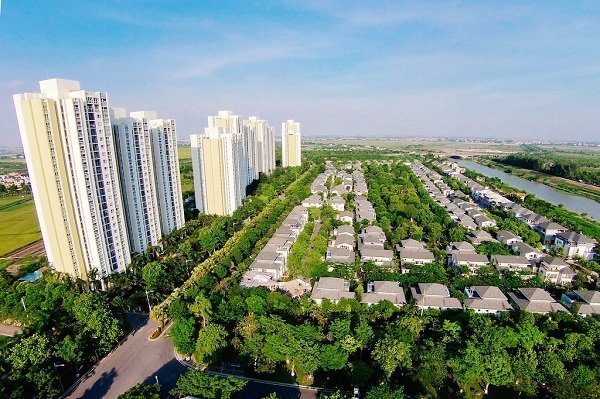More than half of the world population are concentrated in cities with the hope to improve the socio-economic status, sustainable cities will pave the way for a balance between growing demands and exhausted supply of resources.
This development is a major challenge for urban areas. In addition to job creation and economic development, the downside of urbanization – too rapid urban development – is air and water pollution; the “poverty” of the part of population losing land – and this very group is subject to the severe impacts of water, air environment pollution, waste, etc.
At the seminar on the topic of Green cities – green people last week, architect Nguyen Hong Thuc also stressed: “We are entering the period of urban and living environment crisis. So, to build a good city, we need the contribution of not only the government, but also the professionals, the people and businesses. In a country where people leave the countryside to go to urban areas, people’s consciousness and social consensus may play a big role.”.
According to the Asian Development Bank (ADB), “Population in cities increases by 44 million people per year, equivalent to 120,000 people per day. This growth requires the construction of over 20,000 new homes, 250km of new roads and additional infrastructure to provide more than 6 megalittres of clean water.”
It is a grim reality when more than 200 million urban dwellers in Asia live in poverty and regularly live in slums. So, these cities are under constant pressure to transform into more healthy, attractive and fully economical places.
One of the paths chosen by many countries is to build eco-cities and green urban areas. For example, Kawasaki (Japan) is originally an industrial city. Before the Japanese government invested in the restoration of the city, it had to struggle with space shortage, unmanaged industrial waste and excessive pollution. Based on the principle of “zero waste”, the city aims to recycle waste in an industry or in households and reuse it in another area such as material manufacturing. And now, it is one of the developed eco-cities.
However, according to experts, the successful emergence and development of eco-cities depends on a healthy balance of top-down and bottom-up governance at the local level. A city can provide financial support for sustainable services by maximizing available revenues and identifying new potentials, by leveraging other resources from the private sector, and by inviting funding to support the development of sustainable development initiatives.
Although seeing this, but with Vietnam, perhaps the road to build eco-cities, green urban areas will still be much difficult. First of all, change is unavoidable in the planning process and leaders will need to establish a flexible process for community participation to be ready to adapt to the circumstances of each city. This is also a significant opportunity for the relationship of public-private sector.
MC (st).



